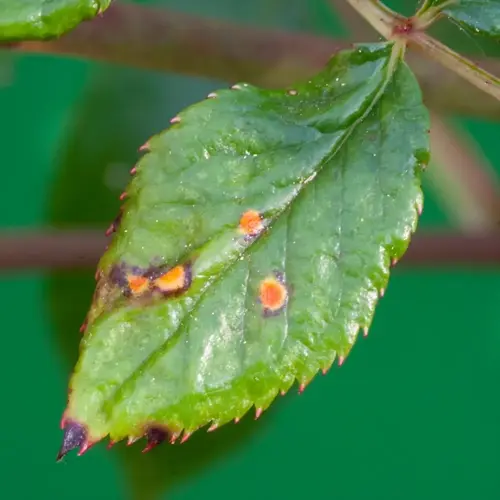Should I water immediately after repotting?

Written by
Kiana Okafor
Reviewed by
Prof. Samuel Fitzgerald, Ph.D.Timing the watering of snake plants after repotting is essential to prevent root rot and help any recovery efforts succeed. These hardy plants require specific care after transplanting to facilitate the healing of the damaged roots. I have saved many plants by strictly following watering delays after repotting.
Immediate Watering Dangers
- Saturates fresh root wounds before calluses form
- Creates anaerobic conditions promoting root rot
- Leaches essential nutrients from disturbed soil
- Increases transplant shock severity significantly
Delayed Watering Advantages
- Allows protective calluses to seal root injuries
- Encourages roots to seek moisture actively
- Prevents fungal spore activation in fresh soil
- Reduces overall recovery time by 30-50%
Check soil moisture correctly using your finger inserted to the second knuckle. For larger pots, use a moisture meter probe. I prefer not to rely on visual assessment because the surface soil dries more quickly than the deeper layers in which roots recuperate.
Tackle accidental watering at once, empty excess water from saucers. Carefully tip the pot to drain any remaining moisture. Place the plant in bright indirect light with good air circulation. I use small fans to hasten drying if needed.
Look for signs of recovery such as fresh vertical leaves or the presence of new roots. Apparent yellowing of the lower leaves of your plant suggests it is stressed from overwatering. The process of normal watering will only resume when I see new leaf growth. This can take anywhere between two and three weeks.
Read the full article: Repotting Snake Plants: Essential Guide

